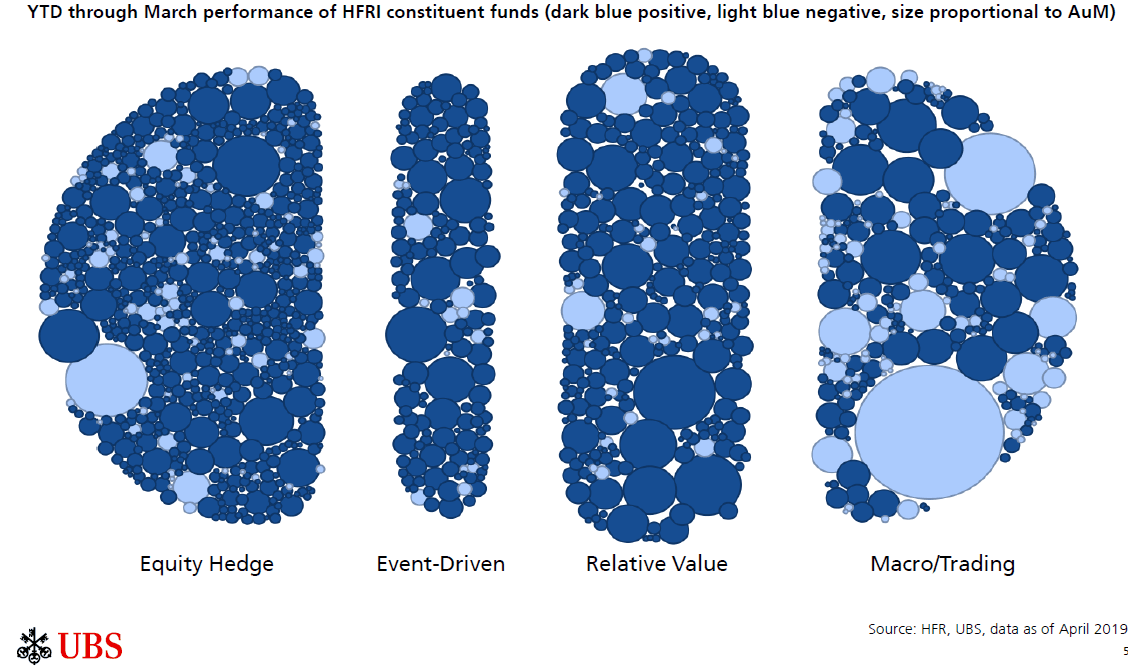A Stock Market is a public market, a loose network of economic transaction for the trading of company stock and derivatives at an agreed price. The very basic and bottom line to the stock market is to drive the best profit from it. Evaluating stock is the basic and easy work to do, but to reach at the level of evaluating one needs to know and understand the very basic difference between growth investing and value investing, and the fundamental and technical analysis.
When one tends to know and learn about the basic stock measurements and understand how to read the stock pages evaluation process becomes much easier and interesting. Everyone whosoever interested in putting up money in stock market do so, to earn more money in less period of time with least measure of risk. Growth investors actually look forward for the companies in the market that are sales and earning machines.
Such companies have more potential than the others available in the market race; the investors are ready to play with the hand look forward for repetitive sales and earnings. A growth company's potential might stem from a new product, a breakthrough patent, overseas expansion or excellent management.
A growth company without strong earning is like an Indy 500 race car without an engine. Dividends do play a role in the market but many growth companies do not give and allow the investors with dividends, instead the companies reinvest the profits to expand and improve their business; hoping to reinvestment produce even more growth of investors money in future. Most growth investors set minimum criteria for investing in a company. Perhaps it should be growing at least 20% a year and gaining new highs in stock price for the best benefits to the investors.
Growth companies which are in good business and very familiar names are Microsoft, Intel, Starbucks, and Home Depot. Now we got to know that what actually people mean when they drive past yet another Starbucks and say, That place is growing like weed.”
Growth Investors are searching for hot hands, not great bargains. Investors look forward to yield more money in terms of profits. They'll pay more for good companies. As a result, many growth investors don t even look at a stock price in relation to its earnings or its book value because they know a lot of growth stocks are expensive.
They look forward toward the potential of the stock and go for it, but at the back of their minds they do hope that the present success continue and get better so as to yield more monetary profits to them. They buy momentum, inertia, steam, rolling forward movement, that the nature of growth investment.
William O Neil - a top growth investor says and explains this in a very simple way. He says in one of his seminar that growth investors are like baseball teams, they pay huge salaries to top ranking players, as they know the batter will yield them with good and winning matches. They come at high price but if they keep batting 300 and winning matches then it s worth it. Likewise one won't find many bargains among growth stocks.
The growth stock basically depends on its earning and the accelerations of those earnings, the expectations of analyst and investors are high. The investors put more money for better results and are more positive towards the companies returns and growths which some times at the same time creates a risky situation.
from Investment News, Investment Strategies, Investment Opportunities - Feed http://www.quantitativeinvestmentgroup.com/growth-investing-vs-value-investing/
.1558718644057.png)
